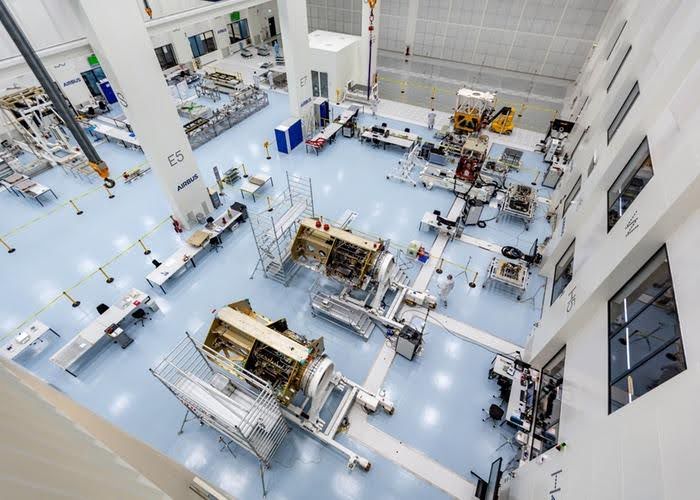
Integrated cleanroom facility management system
An integrated cleanroom facility management system in the aerospace industry is a holistic approach to managing and maintaining controlled environments crucial for manufacturing, assembly, and testing aerospace components. This system ensures adherence to strict ISO 14644 and other industry-specific standards, protecting against contamination that could compromise the safety, reliability, and performance of critical components like satellites, avionics, and space exploration vehicles.
Key aspects of an integrated cleanroom facility management system
Design and Construction :Tailored cleanroom design and construction are essential, considering factors like ISO classification requirements (often Class 5 or better for critical aerospace applications), air filtration systems (HEPA and ULPA filters are crucial for removing particles as small as 0.3 micrometers), and specialized features like antistatic flooring, non-outgassing and silicone-free components. Modular cleanroom designs are gaining popularity due to their flexibility, cost-effectiveness, and reusability, according to Cleanrooms By United.
Contamination Control : Strict protocols for minimizing contamination are paramount. This includes maintaining positive pressure, implementing air showers and pass-through chambers, enforcing meticulous gowning procedures for personnel, utilizing non-particle shedding materials for furniture and equipment, and following rigorous cleaning schedules.
Environmental Control : Precision control over temperature and humidity is critical to prevent static buildup and condensation, which can damage sensitive components. Integrated HVAC systems play a vital role in maintaining these controlled conditions.
Monitoring and Automation : Advanced sensor networks and IoT technologies facilitate real-time monitoring of critical parameters like particle counts, temperature, humidity, and air pressure. Automated control systems ensure adherence to specified parameters and allow for prompt adjustments, minimizing the risk of deviations and potential contamination.
Maintenance and Operations : Regular filter replacement, scheduled audits, and robust Standard Operating Procedures (SOPs) for personnel movement and equipment handling are essential for sustaining cleanliness standards.
Benefits of an integrated system
-
Enhanced Product Quality and Safety : Minimizing contamination ensures the reliability and performance of aerospace components, reducing the risk of defects and catastrophic failures that could jeopardize missions and endanger lives.
-
Regulatory Compliance : The system helps meet stringent industry standards like ISO 14644, IEST, NASA regulations, and ASTM standards, crucial for the aerospace and defense sectors, according to Allied Cleanrooms.
-
Increased Productivity and Efficiency : Automation and optimized layouts reduce human error, minimize downtime, and streamline manufacturing and assembly processes.
-
Cost Savings : Avoiding costly recalls, reworks, and delays due to contamination translates into significant cost savings. Modular designs further enhance cost-effectiveness.
-
Adaptability to Innovation : The aerospace industry is constantly evolving. An integrated system, especially with modular designs, allows for easier upgrades and adjustments to accommodate new materials, technologies, and stringent cleanroom requirements.



 Copyright GAMP Services 2024. All Rights Reserved.
Copyright GAMP Services 2024. All Rights Reserved.